

POwering
AFRICA

The continent has 60% of the world’s solar resources and only 1% of the world’s solar generation capacity. 99.9% of its wind potential has yet to be harnessed. What needs to change?
read time: 5 min

By Tunicia Phillips and Ann Ellis Brown


THE STATS AREAVAILABLE, revealing both the scale of Africa’s renewable energy potential and the challenge that lies ahead. In 2023, clean energy investments on the continent amounted to USD39 billion, representing an unmistakable surge in commitment, but comprising a mere 2% of global renewable energy spending.
Africa has reached a pivotal moment. The continent is rich in natural resources that could transform its energy future, yet it faces high capital costs and complex regulatory challenges that often hinder progress. The question facing African leaders, global investors and innovators is how to seize the continent’s renewable opportunities to catalyse industrial growth, ensure energy security and support millions of underserved communities.
According to the International Renewable Energy Agency (IRENA), Africa’s solar and wind potential alone could generate up to a thousand times the continent’s current energy demands, distribution infrastructure, and bring electricity to millions who still lack reliable access. As IRENA suggests, this requires a coordinated effort to overcome high financing costs, enhance transmission and distribution infrastructure, and devise regulatory frameworks that will encourage investment at scale.
To reach this transformative goal, two key approaches emerge: developing centralised grid-connected renewable projects to serve high-demand industrial areas, and deploying decentralised off-grid solutions to reach rural and remote communities more rapidly and efficiently. From large-scale industrial projects to flexible off-grid solar systems, this blend offers a way forward towards the ultimate goal: bringing power to all corners of the continent while enabling economic and environmental benefits.
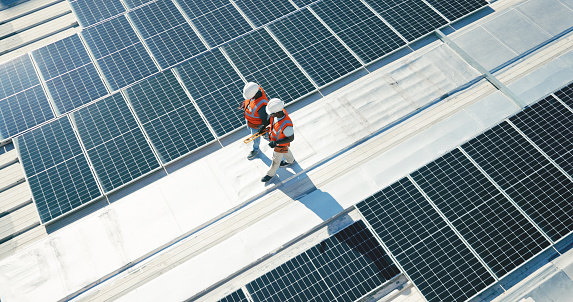

“Africa’s renewable energy potential represents more
than an environmental
objective; it is a pathway to energy security, economic growth and industrial expansion.”
What are the next steps for renewable energy?
Africa’s renewable energy potential represents more than an environmental objective; it is a pathway to energy security, economic growth and industrial expansion. From Namibia to Nigeria, renewable resources are increasingly being leveraged to power cities, industries and off-grid communities.
Sufficient investment in industrial-scale renewable projects will be essential to achieve comprehensive grid connectivity. Two enabling factors will be reducing capital costs and managing currency, regulatory and political risk. The development of the decentralised power market is currently driven by large, energy-intensive users procuring power through processes that include bilateral, long-term power purchase agreements (PPAs) and small-scale embedded generation (SSEG).
In South Africa, aggregators have come to the fore, thanks to decentralised, liberalised regulations in the country. They act as intermediaries that buy power from several independent producers and sell it to consumers. This model has gained traction, particularly in the mining industry. Anglo-American and EDF Renewables, one of the world’s largest independent power producers, came together to form Envusa Energy. The aggregator reached financial close in February 2024 and will generate 3 GW to 5 GW in wind and solar energy by 2030.
Although private enterprises, aggregators do depend on the national grid to distribute, or wheel, power. Wheeling is why bodies like IRENA stress the need for investment in grid infrastructure; without it, it won’t be possible to connect and transmit power – renewable or not – effectively.
This is why Cresco, an expert financing advisory working throughout sub-Saharan Africa, expects a slowdown in new capacity additions in the next decade. “This projected slowdown is provisionally related to grid constraints linked to Eskom’s Transmission Development Plan,” says Robert Futter, Cresco’s Executive Director.
On the off-grid side, solar and battery systems are driving energy access and economic empowerment for millions of Africans who have long relied on costly, inefficient alternatives. Whether on the level of individual households or large industrial operations, Futter believes the focus of private procurement will shift to long-duration energy storage systems. These systems can store energy in various forms, including chemical, thermal, mechanical or electrochemical. Energy is then dispatched over extended periods ranging from hours to weeks or even months and seasons. This has the potential to reduce the carbon in power supply systems by 50% or more by 2050.
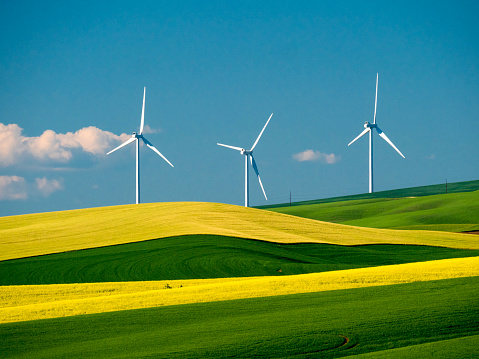
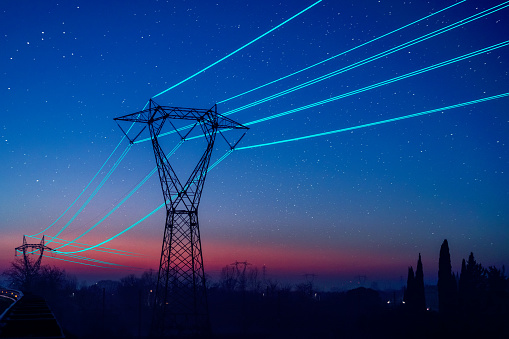

What is needed to connect all of africa to a grid?
Regarding individual households, Yellow is leading an innovative model by deploying small but impactful solar systems across rural Africa. Its systems provide power directly to people’s homes to meet basic needs such as lighting, mobile charging and small electronics.
To achieve this, Yellow has partnered with the likes of Standard Bank Malawi. “Before using our products, many of our customers had to set aside a certain amount each month for candles, batteries, kerosene or paraffin to light their homes. For the same monthly spend, we deliver 50 times more value for money on an energy-access basis,” says Yellow CFO William Thompson. The entry-level systems power lights, a radio and a cellphone charger “helping students to study in the evenings, connecting people to the outside world, and bringing peace of mind via the security that light brings. Larger systems include energy-efficient TVs and other household equipment”.
By using a pay-as-you-go system, Yellow customers make affordable mobile money payments, which builds a credit history that opens access to essential goods and services.
Their model is already yielding results: in Malawi alone, where Yellow was established just over six years ago, the company has deployed over 550 000 home solar systems. By 2024, it had brought some level of power to the same number of homes as the national utility had done since it was founded in 1998.
The future of Africa’s power supply therefore lies both in small-scale innovations and large-scale public-private partnerships. The development of wheeling frameworks and feed-in tariffs for residential and commercial users provides a forward-looking example of how regulatory changes can empower local communities and industries. When energy providers, municipalities and local authorities work side by side, the result is a flexible, resilient grid that supports local production and distribution.
As businesses, communities and governments come together to address the continent’s pressing energy needs, a coordinated approach will be crucial to unlocking Africa’s immense potential. This will not only power homes and industries, but also lay the groundwork for a resilient Africa equipped for a sustainable future.
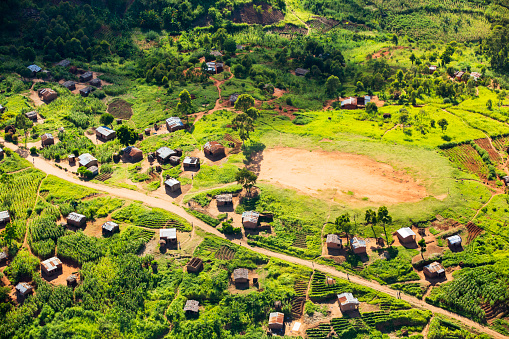
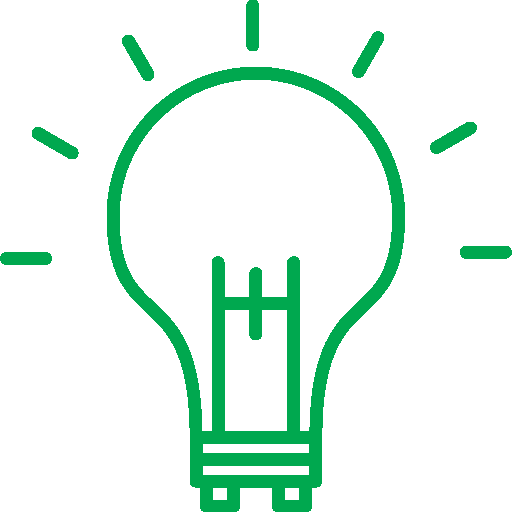
5
Standard Bank renewable energy deals

25 000
The number of homes in Malawi that will get power through Standard Bank Malawi’s deal with Yellow.
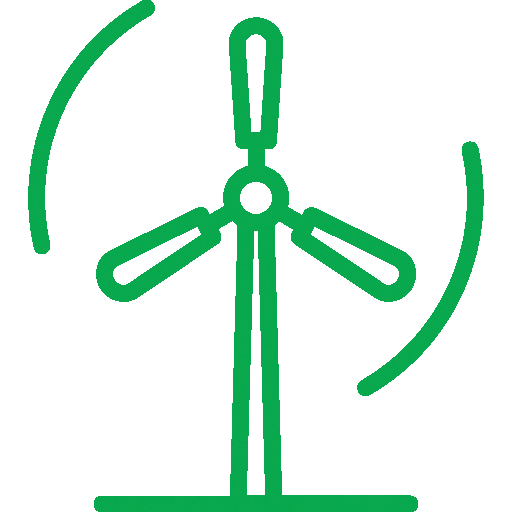
R15.5
billion
The amount Standard Bank mobilised in 2023 for new renewable energy power plants.

8+2
In 2023, Standard Bank financed eight government-procured projects and two private renewable energy projects, which combined output to produce 897 MW.
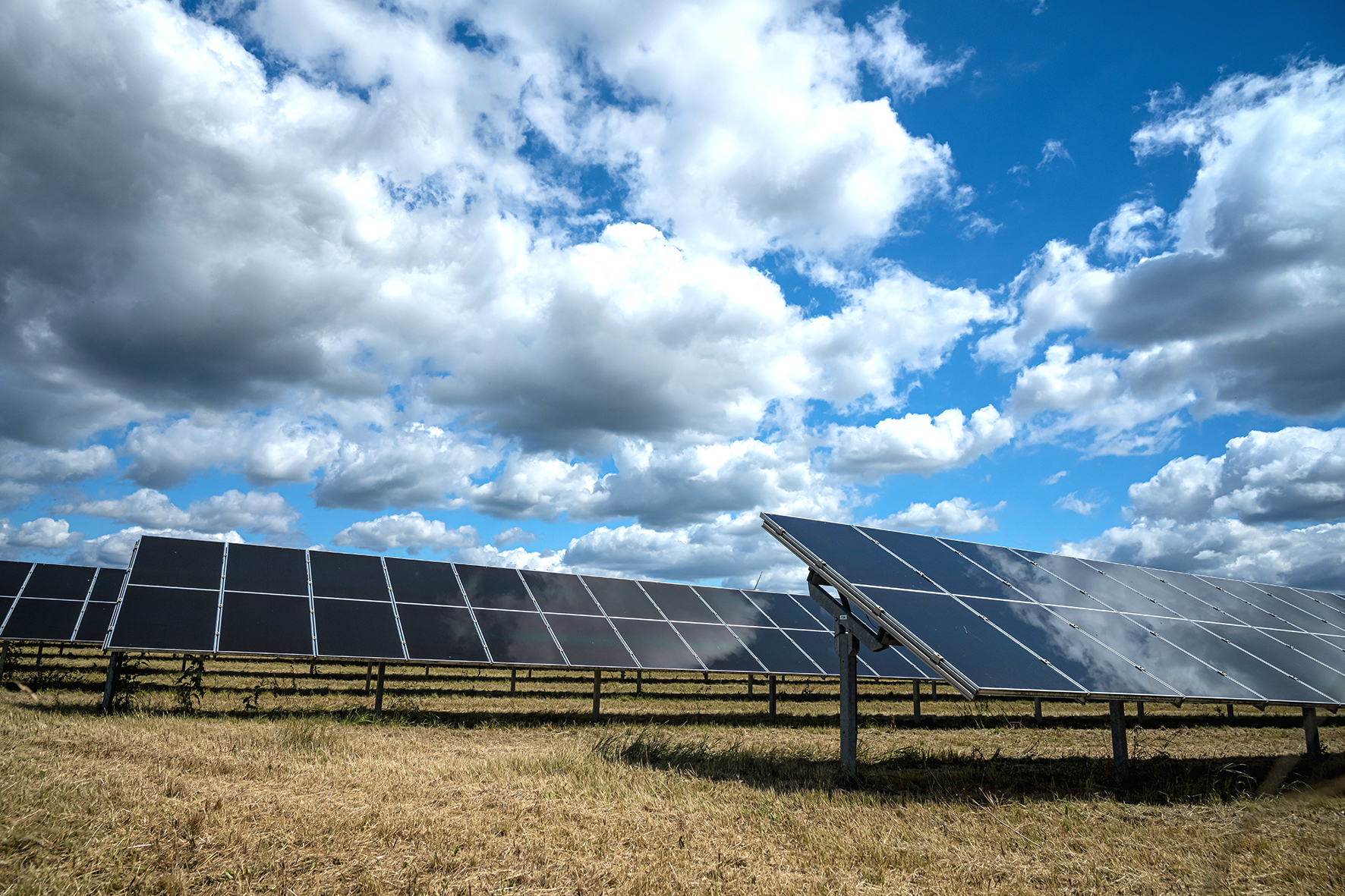
$100 million
in debt funding by Standard Bank has enabled AMEA Power to finalise the Doornhoek Solar PV Project near Klerksdorp. They will start selling power to Eskom at the end of 2025.
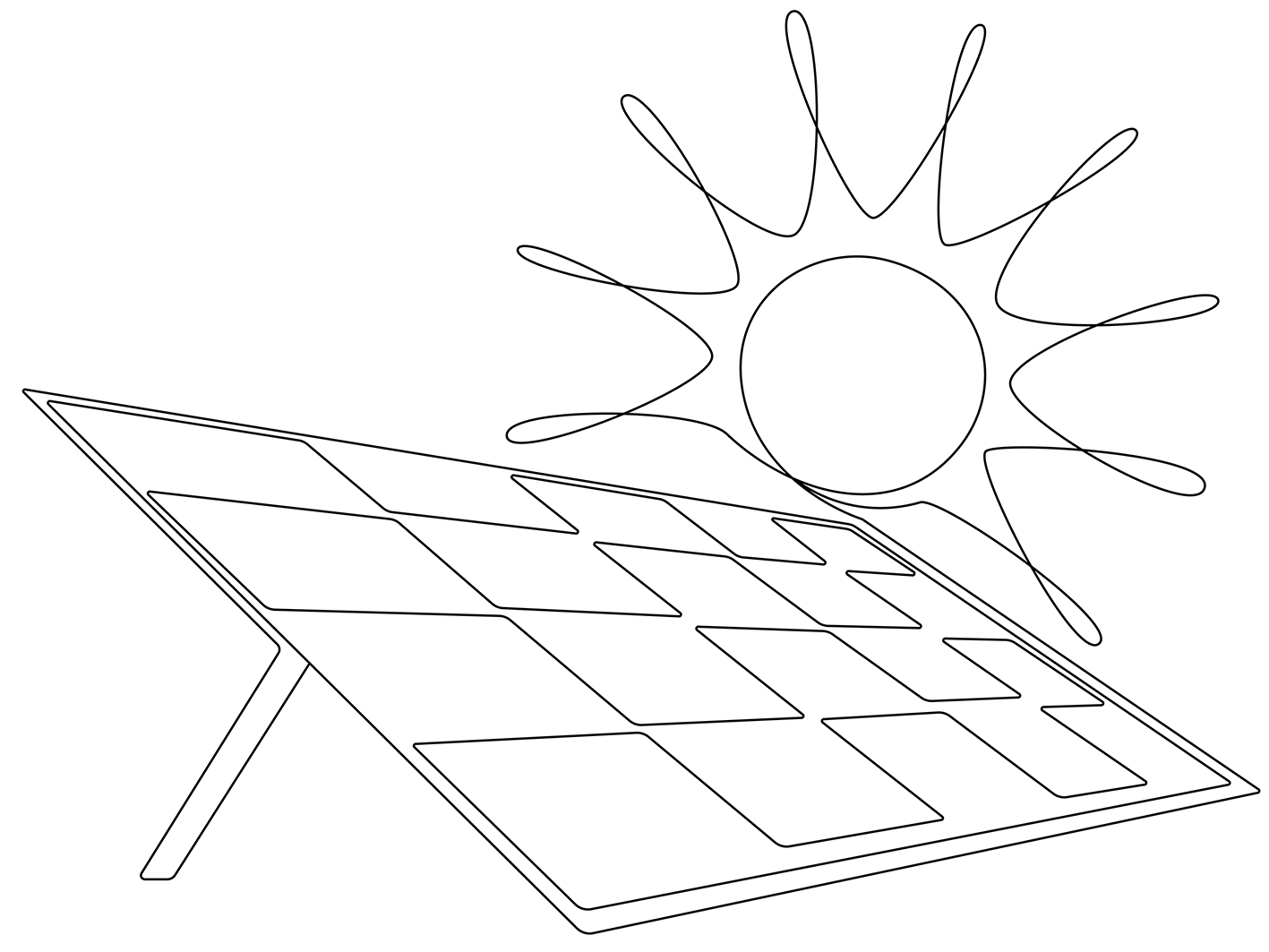
20
years
From 5 am until 9:30 pm every day for 20 years. That’s how long the solar PV and battery energy storage will dispatch power for to take pressure off South Africa’s national grid, thanks to a Standard Bank and TotalEnergies partnership.




